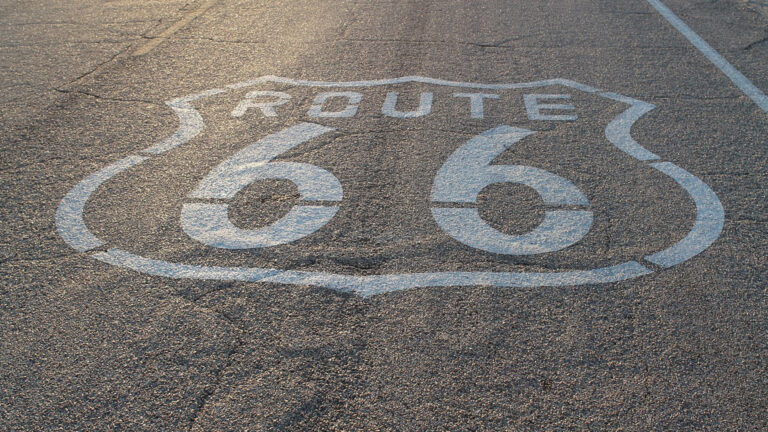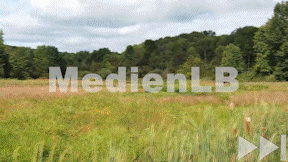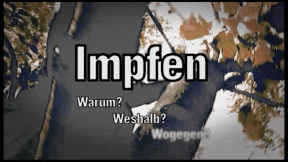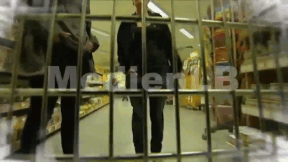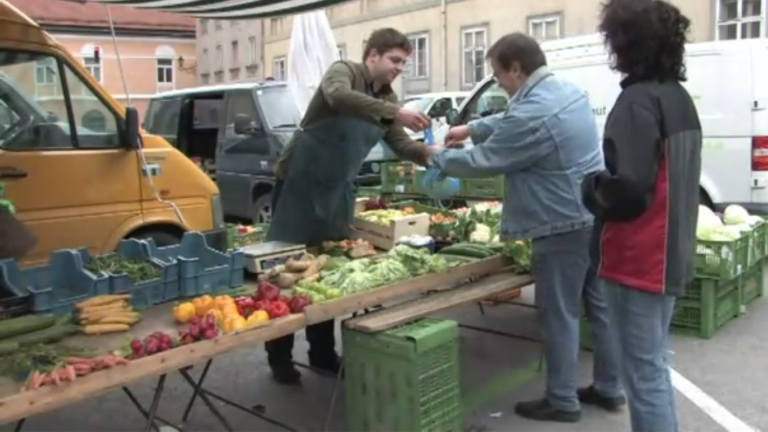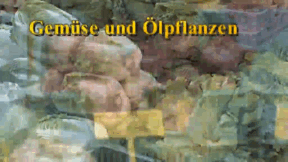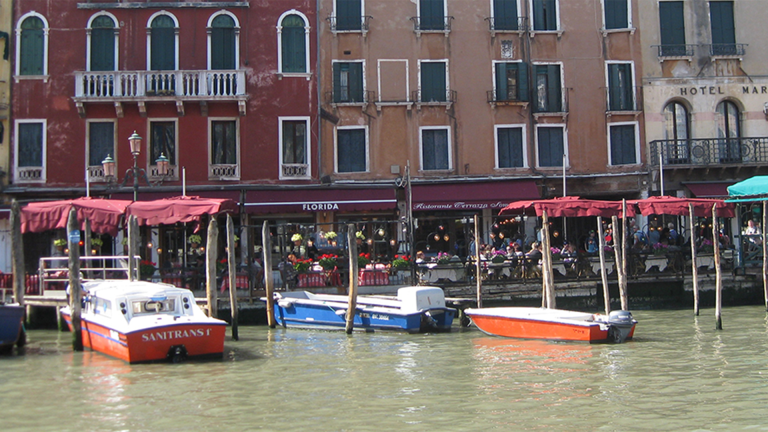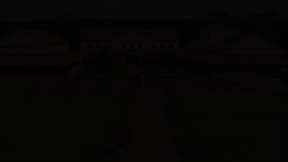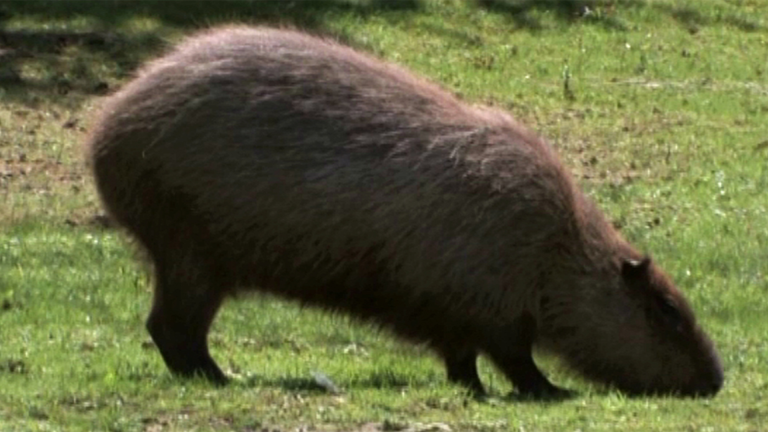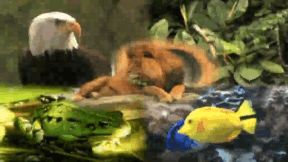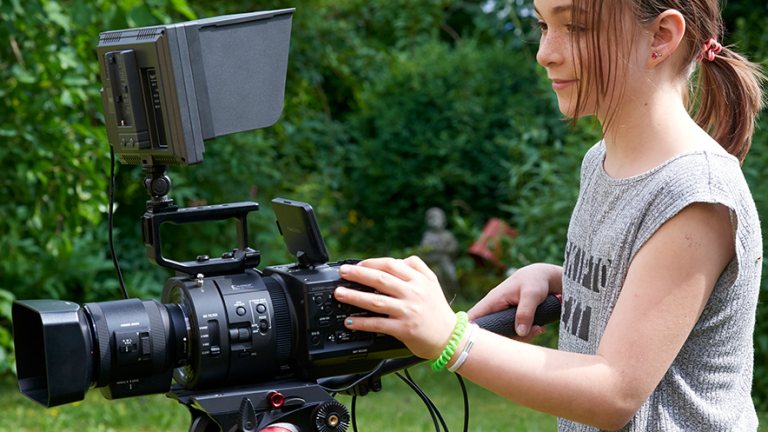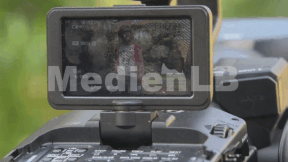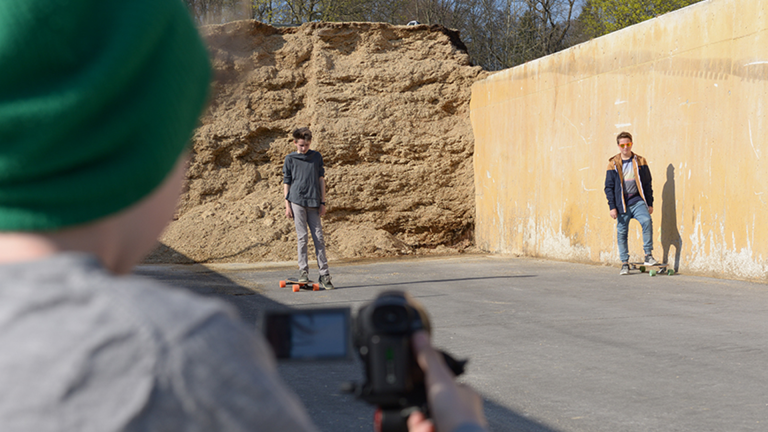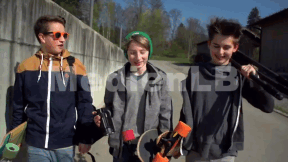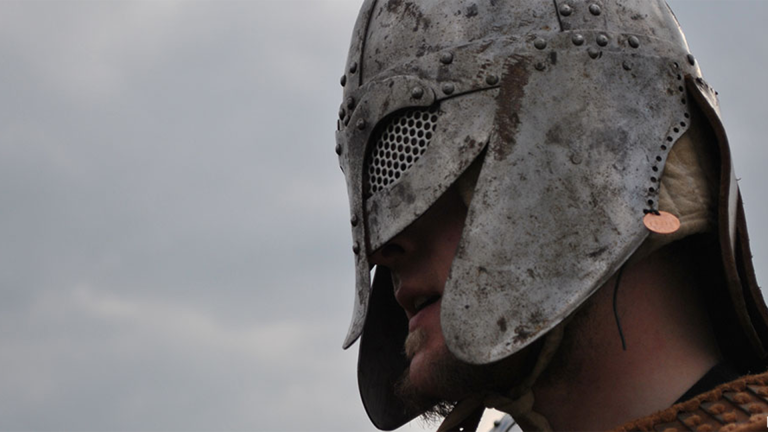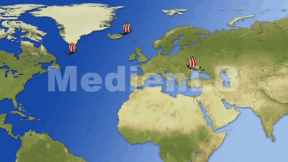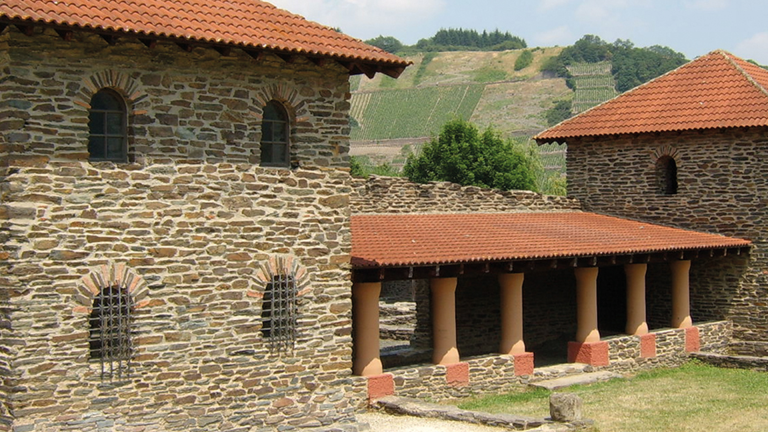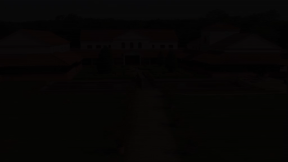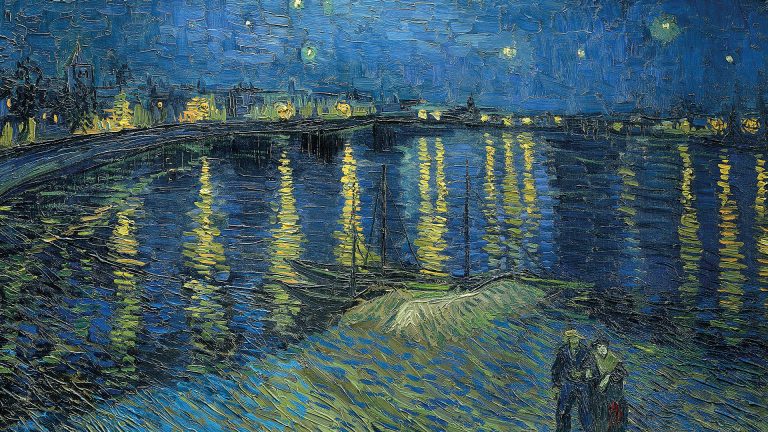Suche:
- # Artistry
- # Biology
- # Chemistry
- # Ecological
- # Economy
- # English
- # Foreign Language
- # Geography
- # German
- # Health
- # History
- # Informatik
- # Latin
- # Mathematics
- # Media Education
- # Music
- # Physics
- # Politics / Civics
- # Preschool
- # Primary School
- # Religion
- # Society
- # Sports
- # Technology
- # Training of Teachers
- # Vocational Education
USA
Die Vereinigten Staaten von Amerika – ein Land der Superlative – vereinen wirtschaftliche Macht, landwirtschaftliche Vielfalt und technologische Innovation.
Learn moreVaccination
It is only in recent years that a vaccination has existed that is supposed to lower the risk of getting cervical cancer. This vaccination can protect against specific, sexually transmitted human papillomaviruses that are considered one of the causes for cervical cancer.
Learn moreValues and Norms in Germany
O-Ton M. Ozbak (Afghanistan): „Both with regard to household chores and with tasks in public, women and men are equal.“
Learn moreVegane Ernährung
Familie Böhning lebt seit zwei Jahren vegan. Auch unsere Reporterin versucht, „Vegan“ in ihr Leben einzubinden. Der Film begleitet sie und Familie Böhning im Alltag, stellt Fragen und zeigt Probleme.
Learn moreVegetables and Oil Plants
Throughout the whole year, shops offer us a varied assortment of different kinds of vegetables. But where do the vegetables come from? Originally wild-growing, vegetables are crop plants today. They are sown or planted, cultivated and harvested by humans.
Learn moreVenice
Showered with superlatives, Venice is doubtlessly an out- standing city, welcoming up to 15 million tourists annually. But despite the powerful magic it radiates, the city is confronted with seemingly overwhelming problems. Hence, detractors keep talking about a dying city. Is Venice then really the At- lantis of our time? The film published here first of all provides a survey of the most important geographic data of the lagoon city and looks into the question why more than one thousand years ago people settled in this inhospitable environment. The immense wealth of the former maritime republic can still be imagined when looking at the sumptuous architecture of many of its buildings. The DVD examines the various causes responsible for the rise of Venice to the dominating merchant power of the whole Mediterranean region during the Middle Ages. And why did the city lose its importance afterwards? As a special highlight of this DVD, we have included a film on Venice dating back to 1968. The two films are excellently suited for comparison, on the one hand with respect to the city‘s historic development, on the other hand in view of its respective treatment on film.
Learn moreVertebrates
This DVD introduces the members of vertebrates group existing today, illustrated by various examples. The phyloge- netic development, which started in the primeval oceans, is shown in detail by means of homologous skeleton structures. The variations in the body’s basic structure in adaptation to the vertebrates’ respective needs, which resulted in today’s situation with vertebrates living in water, on land and in the air, are demonstrated by means of extant representatives of the class. The vertebrates group encompasses cartilage and bony fishes, amphibians, reptiles, birds and mammals. The modifications of those skeletal elements serving locomotion, from the fins of the fish to the wing span of the birds and the hands of mammals, are shown. This DVD is suitable for the topic of vertebrates for younger pupils or as a contribution to the topic of evolution illustrated by means of the development of vertebrates.
Learn moreVideokurs II
Schon mit einfachen Camcordern, sogar mit dem Handy kann man Videos mit einer ansprechenden Bildqualität drehen.
Learn moreVilla Rustica
A Roman villa is fundamentally different from what we would regard as a villa in the modern sense. A Villa Rustica was a country estate with a mansion, large gardens and agricultural land. In addition to cultivating the fields, people also bred animals. This work was done by farm labourers and slaves, who mostly lived in outbuildings outside the mansion area. Thus a Roman villa was far more than just a building, it was almost a small village. Over centuries a network of Roman country estates had marked the culture of the empire north of the Alps. With the cultivation of the soil, the trade and exchange of goods, the Villa Rustica was a pillar of the Roman Empire.
Learn moreVincent van Gogh
Vincent van Gogh, geboren 1853 in den Niederlanden, kommt erst spät zur Kunst.
Learn more



